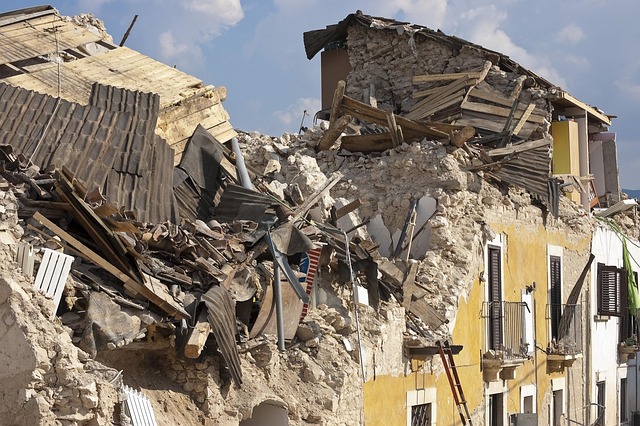Rebuilding in the Texas Hill Country after fires or floods presents unique challenges due to strict disaster reconstruction regulations focusing on safety, sustainability, and local building codes. These regulations impact timelines and costs but ensure structures meet high resilience standards against future hazards through rigorous inspections. A comprehensive approach involving inspections, digital documentation, 3D modeling, community engagement, and education programs is crucial for efficient and safe reconstruction.
After a devastating fire or flood in the scenic Texas Hill Country, rebuilding efforts are crucial. Ensuring compliance with local disaster reconstruction codes is paramount for safe and sustainable communities. This article guides folks through navigating complex regulations, offering practical tips to maintain compliance during the rebuilding process. From understanding specific rules to implementing best practices for continuous monitoring, we provide essential insights for successful reconstruction after a fire or flood in this unique region.
- Understanding Disaster Reconstruction Regulations in Texas Hill Country
- Ensuring Code Compliance During Rebuilding After a Fire or Flood
- Best Practices for Continuous Monitoring and Verification
Understanding Disaster Reconstruction Regulations in Texas Hill Country

In the Texas Hill Country, rebuilding after a fire or flood comes with unique challenges due to stringent disaster reconstruction regulations. These regulations are designed to ensure safety, sustainability, and compliance with local building codes for all reconstruction projects. Understanding these rules is paramount for property owners and builders alike, as they significantly impact the timeline and cost of recovery efforts.
The Texas Hill Country’s regulatory framework focuses on mitigating risks associated with natural disasters. For instance, reconstruction after a fire may involve stricter safety measures to prevent future hazards, while flood-prone areas have specific building requirements to enhance resilience. Compliance assurance involves rigorous inspections at various stages of rebuilding to verify adherence to these regulations, ensuring that structures are safe and sustainable in the face of potential future disasters.
Ensuring Code Compliance During Rebuilding After a Fire or Flood

After a devastating fire or flood, the process of rebuilding in areas like the Texas Hill Country requires meticulous attention to code compliance to ensure safety and resilience. Local building codes and regulations are designed to protect communities from future hazards, and adhering to these standards is crucial for a successful reconstruction effort. One of the primary concerns is ensuring that new structures meet fire safety requirements, including proper ventilation, fire-resistant materials, and up-to-date electrical systems. For instance, in Texas Hill Country, where wildland fires are a frequent threat, builders must comply with strict guidelines for combustible materials, clearances around buildings, and the installation of fire suppression systems.
Additionally, flood recovery necessitates compliance with specific codes to mitigate future risks. This involves raising essential structures above flood levels, implementing effective drainage systems, and using appropriate building materials resistant to water damage. Rebuilding efforts in areas prone to floods, like certain parts of Texas Hill Country, must consider these measures to minimize the impact of future natural disasters. Proper planning and adherence to these codes not only ensure the safety of occupants but also contribute to the overall resilience and sustainability of the community.
Best Practices for Continuous Monitoring and Verification

Ensuring compliance with building codes during disaster reconstruction is paramount, especially in regions like the Texas Hill Country, frequently confronted with fires and floods. Continuous monitoring and verification are best achieved through a multi-faceted approach. Regular inspections by certified professionals at every stage of the rebuilding process are essential to verify adherence to local, state, and federal regulations.
Utilizing technology, such as digital documentation and 3D modeling, streamlines the verification process, making it more efficient and accurate. Community engagement and education programs can also empower residents to identify potential code violations and report them promptly. This collaborative effort fosters a culture of responsibility, ensuring that rebuilding efforts after devastating events like fires or floods meet the highest safety standards.
Reconstructing after a disaster, be it a fire or flood in the Texas Hill Country, demands meticulous attention to code compliance. By understanding local regulations and implementing robust monitoring practices, builders and residents can ensure their properties meet safety standards while fostering resilient communities. Continuous verification throughout the rebuilding process is key to preventing future risks and ensuring a sustainable, secure environment for all.
